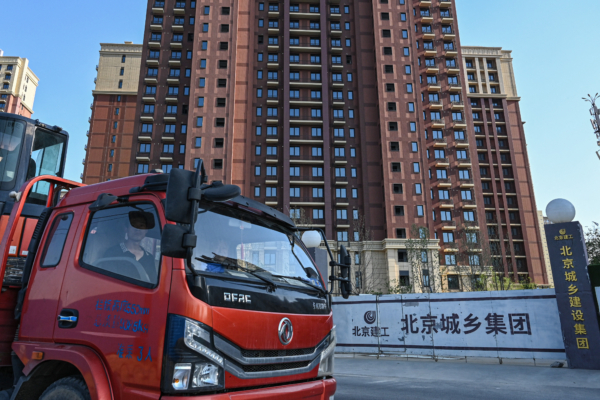In China, various industries are currently facing a downturn, and the freight industry is no exception. On March 1st, truck drivers on the mainland of China staged a strike, but only a few drivers participated, and it did not trigger any significant impact. The drivers hoped for higher freight rates and improved operational conditions, but their demands were not met. Some truck drivers have disclosed the chaos within the industry to media outlets.
Truck driver Zhao He (pseudonym) from Foshan City, Guangdong Province, expressed to the media that a strike would not make a significant impact as drivers are struggling to make a living. He believed that a strike would result in a loss of income for the day, making it a risky move that few were willing to take.
Another truck driver, Li Hao (pseudonym) from Kaifeng City, Henan Province, revealed that the drivers participating in the strike usually have capital and are more organized, such as express delivery drivers, logistics drivers, or drivers with oversized vehicles. He mentioned that their aim was to demand relaxation in vehicle inspections for their benefit, which did not concern individual drivers like him who have vehicle loans.
As of 2025, netizens have exposed a significant decline in the economic environment nationwide, including business closures, empty buildings, business owners fleeing, and employees facing unemployment. In this challenging economic environment, the freight industry is also struggling.
Li Hao pointed out that the poor economic environment and the sluggishness of factories have led to a decrease in freight sources and a significant increase in unemployment. Many unemployed individuals turn to driving trucks for freight, which has stirred turmoil within the industry, making business less lucrative than before.
Over the past decade, the mainland trucking industry has almost been monopolized by platforms like “Huolala” and “Yunmanguan.” Drivers compete fiercely for orders on these platforms, which have gradually made the industry more secluded and less profitable.
Starting as a truck driver in 2012, Zhao He stated, “The market is not good, the unit price is low.” He expressed concerns over the current low freight rates, making it difficult for experienced drivers to sustain their livelihood. The intense competition among drivers has driven down prices significantly.
Li Hao, who entered the freight industry three years ago, mentioned the changes brought about by the emergence of freight platforms. In the past, drivers had to negotiate directly with clients for business, maintaining higher rates. However, with the introduction of platforms, the transparency of information has led to lowered prices and intensified competition among drivers.
Moreover, various policies introduced by the platforms, such as bargaining for freight rates and carpooling orders, benefit the clients but burden the drivers further. The continuous reduction in prices and profit margins has made it increasingly challenging for drivers to earn a decent income, leading to heightened stress and financial strain.
Chen Long (pseudonym), a Huolala driver from Shenzhen, Guangdong Province, revealed that many van drivers associated with Huolala had to sell their vehicles due to financial difficulties.
According to a report released by the China Federation of Logistics and Purchasing, the number of truck drivers in China has decreased by at least 14 million from six years ago, with around 16 million current drivers.
Apart from the industry’s internal challenges, truck drivers also face high fines from transportation authorities. Cases of extreme actions taken by drivers due to fines have emerged, highlighting the dire consequences of penalties and pressures faced by drivers.

